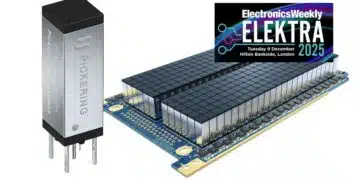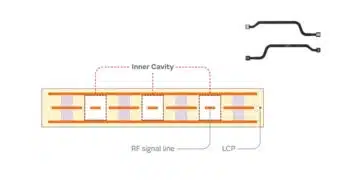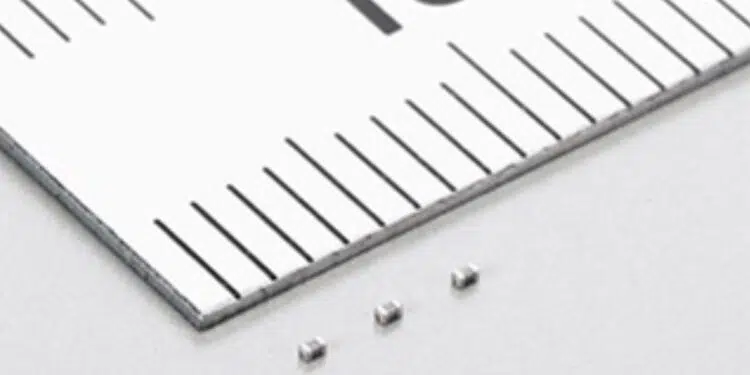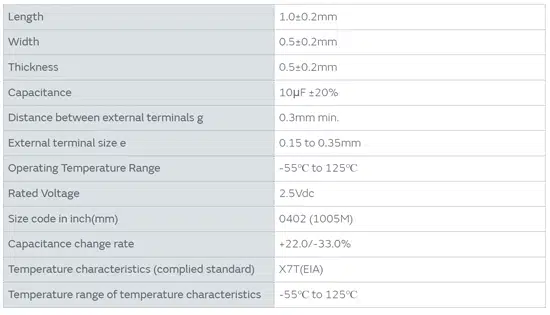Murata Manufacturing Co., has developed and started mass production of the “GCM155D70E106ME36”, the world’s first multilayer ceramic capacitor available in the 0402 inch size (1.0 × 0.5 mm) for powertrain and safety applications in automobiles and featuring a maximum electrostatic capacitance of 10 µF.
- *1According to a survey by Murata. As of July 20, 2021.
In recent years, the number of processors equipped in one automobile has increased as a result of Advanced Driver Assistance Systems (ADAS) and the shift to self-driving and other forms of high-functionality vehicles, and the number of equipped multilayer ceramic capacitors required for the proper operation of these functions is also increasing.
Because of such trends, there is a growing need to improve the high frequency characteristics of multilayer ceramic capacitors for automobiles through a shift to products which are compact with a large capacity and low ESL in order to improve the reliability and decrease the surface area by reducing the number of components.
By using high-precision lamination techniques and thin layer forming techniques based on our own ceramics and the atomization and homogenization of electrode materials, Murata has achieved a compact size with an implementation area that is roughly 50% and a volume that is roughly 70% when compared to their previous product (0603 inch size) with an electrostatic capacitance of 10 µF.
Going forward, Murata will strive to expand its lineup of products to meet market needs and contribute to the shift to high-performance and high-functionality automobiles.
Specifications

































